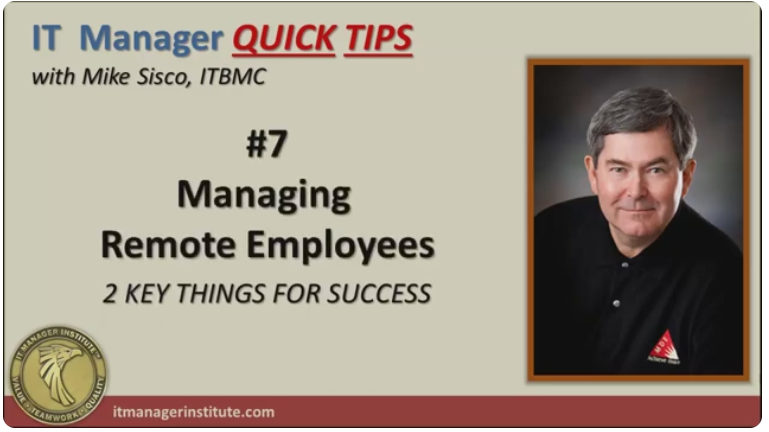
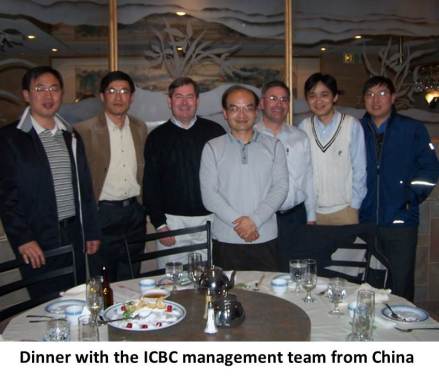 I’ve hosted many class dinners over the years as part of delivering my IT Manager Institute class. They were always fun, a few were truly memorable, and several were held in very interesting places. I will probably add future Friday FUN posts to tell you about more of these.
I’ve hosted many class dinners over the years as part of delivering my IT Manager Institute class. They were always fun, a few were truly memorable, and several were held in very interesting places. I will probably add future Friday FUN posts to tell you about more of these.
Dorine was able to attend several of the class dinners. She always went to class dinners held in the Nashville area, and she was able to travel to Orangestad, Aruba and Ljubljana, Slovenia with me. Both of the dinners she attended at these venues were memorable, , , I’m thankful I always took photos in these class events.
The subject of this post is about the class dinner I held for a special class from China. The largest bank in China (ICBC) sent four of their top IT managers, their CTO and three Directors, to Boulder, Colorado to attend a 3-month IT manager internship program organized by IBM. My 5-day IT Manager Institute was used to kick-off the program. At the time, these managers were responsible for 8,000 IT employees in their huge company.
Prior to the class, I researched Chinese culture to gain knowledge of their customs. I did this for any class I taught made up of students predominately from outside the US. Things that are OK or appropriate in the US are not always viewed that way in some countries.
This class was very interesting in that their IBM Marketing Rep from China also attended and he interpreted some of the things for them. Their English ranged from about 50-70% and my Chinese was and still is 0%. Several funny things happened in this class, but that’s a topic for another time.
Let’s talk about the class dinner.
 The Chinese group had been in Boulder a couple of weeks to get oriented and settled in, and they found a very nice Chinese restaurant in downtown Boulder. It’s where they ate dinner most nights, , , so we went there. The table we sat at was a traditional round Lazy Susan table that allowed you to spin the serving section around to transfer some of each dish to your plate.
The Chinese group had been in Boulder a couple of weeks to get oriented and settled in, and they found a very nice Chinese restaurant in downtown Boulder. It’s where they ate dinner most nights, , , so we went there. The table we sat at was a traditional round Lazy Susan table that allowed you to spin the serving section around to transfer some of each dish to your plate.
One of the things I learned in my research about the Chinese is that when you put food on your plate, , , you need to eat all of it. It’s impolite to leave good food on your plate. I was raised this way myself being from the South.
Two funny things happened at the dinner
The chef took care of all the food items. We chose a fish dinner so there were several appetizers along with a full length sea bass plus multiple vegetable dishes and other items to go along with the main course. Two funny things happened, at least they make me smile when I tell the story.
1. One of the appetizers was jellyfish. Remember what I discovered about eating everything you put on your plate? Well, I made the mistake of taking a bit more of the jellyfish than I should have. For me, it was terrible, , , both in taste as well as texture. BAD NEWS, , , but I ate all of what I put on my plate. Lesson learned!!
 2. The second funny thing was concerning the main course, a full length sea bass. It looked similar to the image to the right, , , 18 to 24 inches of fish from head to tail on a garnished dish. One of the traditions at a Chinese dinner is that you present the main course to the senior person or honoree, and he or she takes the first part of the dish. In this case it was the CTO, Mr. Lu.
2. The second funny thing was concerning the main course, a full length sea bass. It looked similar to the image to the right, , , 18 to 24 inches of fish from head to tail on a garnished dish. One of the traditions at a Chinese dinner is that you present the main course to the senior person or honoree, and he or she takes the first part of the dish. In this case it was the CTO, Mr. Lu.
The table was turned to display the fish to Mr. Lu. He proceeds to carve the head off of this big fish and puts it onto his plate. I thought he was simply prepping the fish for the rest of us, but that wasn’t it at all. I looked over a few minutes later and everything was gone except for a small pile of bones, , , he ate the head, eyes and all. I was told the head is actually considered the delicacy part of the fish.
Later, during our conversations I mentioned to the local IBM manager who coordinated the internship event for the ICBC manager team, “Tom, when you visit the group in China, you will be the honoree at dinner.” Tom laughed and quickly replied, “Well, we won’t be having fish.”
By the way, the dinner was completely authentic and delicious, , , except for the jellyfish. Good food, good company and a great night.
Hope you like this one. I appreciate your LIKE, COMMENT, and SHARE of this post.
CLICK HERE to learn more about the IT Business Manager (ITBMC) program.

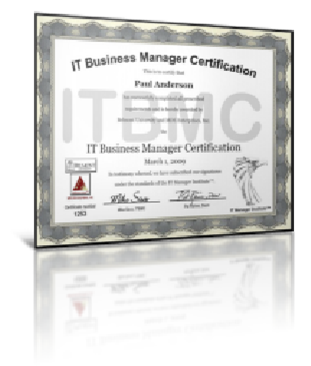

 I’ve always used images, scenarios, and anecdotes to drive home a point. These techniques help me and the people I manage focus on the issue at hand. In this post, I want to talk about “how to focus”, a key for success in any organization.
I’ve always used images, scenarios, and anecdotes to drive home a point. These techniques help me and the people I manage focus on the issue at hand. In this post, I want to talk about “how to focus”, a key for success in any organization.
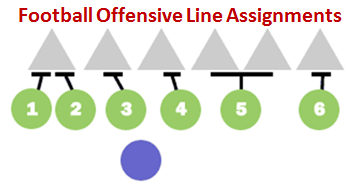

 UGH!
UGH! 
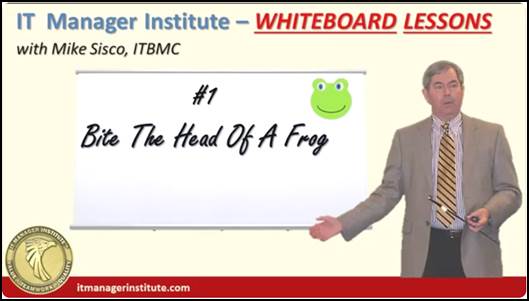
 Managing an IT Organization is hard work to be sure, especially to do it effectively. But, you might be surprised that the formula for IT success is actually pretty simple when you get right down to it.
Managing an IT Organization is hard work to be sure, especially to do it effectively. But, you might be surprised that the formula for IT success is actually pretty simple when you get right down to it.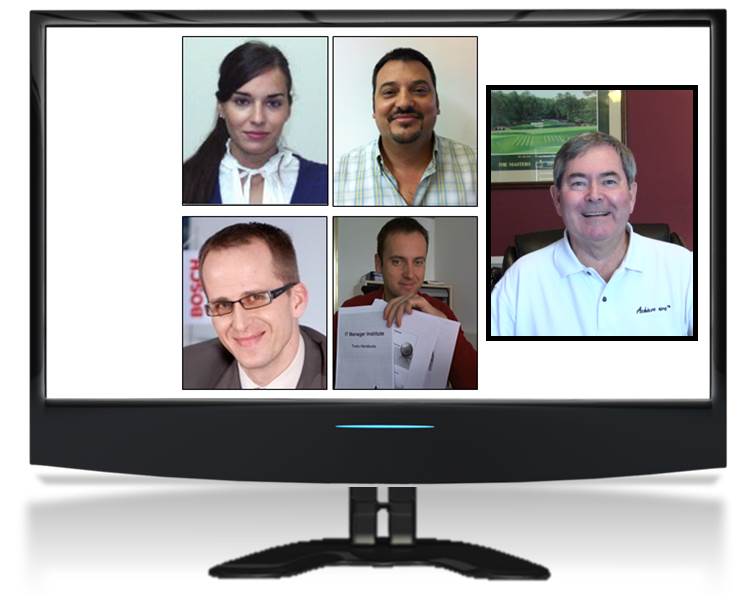 Is managing remote employees a new situation for you? Or maybe, you are discovering it to be a challenge.
Is managing remote employees a new situation for you? Or maybe, you are discovering it to be a challenge.
